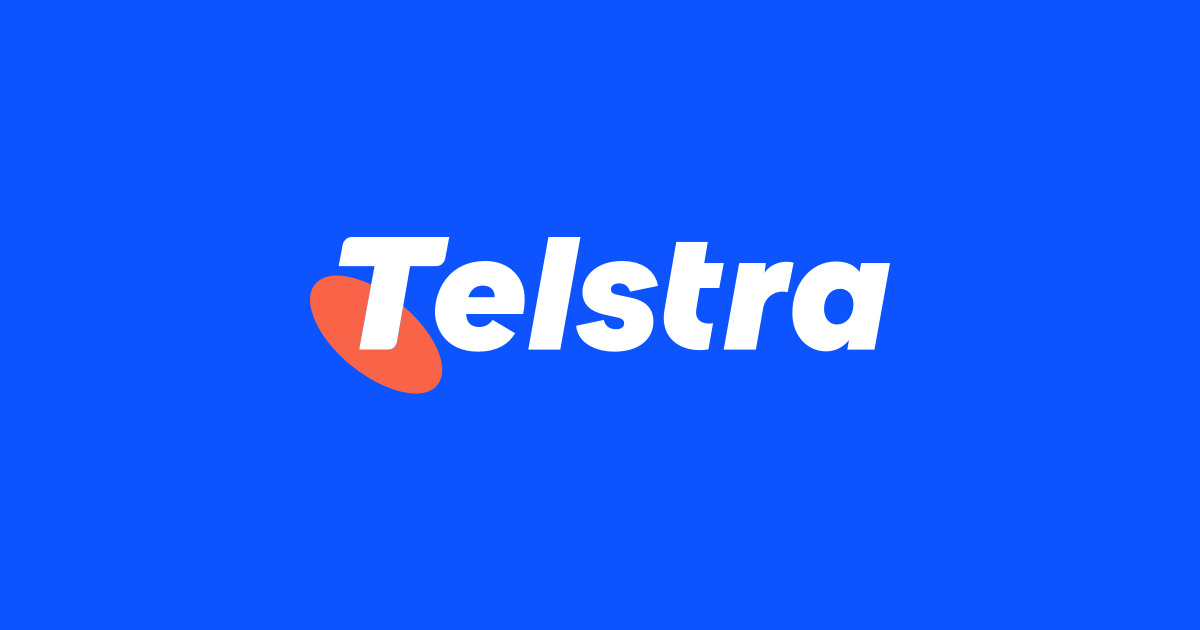Article content
New technologies and techniques are changing the way HR professionals maintain employee engagement.
Traditional methods of office communication such as phone, email and conferencing are rapidly being supplemented by new, innovative tools that encourage frequent activity and interaction as a way of encouraging collaboration.
Enshrine downtime
One path through this conundrum is to establish that employees have the right to disconnect from work. In France, for example, a law regarding after-hours email came into effect at the beginning of 2017. This requires companies with more than 50 employees to set rules about when staff can and cannot respond to emails and use other work-based communication tools outside of hours.
According to the Chief Executive of The HR Experts International, Vanessa Giannos, some tools allow staff to control their notifications, set their availability and respond to communications within certain hours.
Giannos says there are hundreds of new HR tools available, but it pays to sift through them carefully to find the one that best meets your organisation’s needs.
“There has been a proliferation of HR tools but the sad reality is that many miss the mark,” she says. “The tools that really work are those that drive engagement, innovation and communication.”

Get connected
Giannos is positive about the impact some HR tools are having on employee engagement.
“Slack is a great way of combining high touch and low touch, along with groups of people and channels with a knowledge base,” she says. “If you talk to any start-up, they will be using Slack.”
Professional chatrooms such as Slack allow team members – in-office and working remotely - as well as external organisations to communicate effectively through private messaging and open channels around a particular topic of conversation. Tools with high touch or close interaction capabilities can help employees to feel more connected and collaborate more easily.
Giannos also says these new tools take advantage of staff familiarity with using social media platforms in their personal lives, and this makes them easier to integrate into the work environment.
Need for the new
A 2016 Harvard Business Review Analytic Services report on ‘Why Today’s Digital Teams Need a New Class of Collaboration Tools and Solutions’, found executives are looking for tools that better integrate with the way teams work in today’s digital-first environments. This means using tools that recognise hierarchies are flattened, and that teams work in disparate locations rather than gathering in a single place for a set number of hours.
The study also found knowledge workers spend about 90-95 per cent of their time in meetings, on the phone, and answering emails. A decade ago, these tasks required only 60-65 per cent of a knowledge worker’s time. Clearly, new tools are needed to foster employee engagement, as well as new management techniques.
Some of these techniques include ensuring the organisation has inspiring leadership, provides meaningful work for all employees and opportunities for career development. It also means putting people at the heart of the organisation’s culture and practices.
Prioritise privacy
There are also new tools on the horizon designed to increase employee engagement, but these should be given thoughtful consideration ahead of implementation. For example, some monitor staff activity and track wellness data, used to ensure staff remain fit and healthy.
“With health and safety checks, there’s a question of what the data is to be used for, how much people are required to disclose, and how that data is used for selection and performance versus wellness purposes,” the HR Manager at the Australian HR Institute, Rosemary Guyatt, says.
New collaboration and communication tools and the use of employee data need to have rules formulated around how they are used, says Giannos. HR professionals also need to work hard to keep on top of new developments.
“HR needs to be ahead of the game,” she says. “It’s easy to be bogged down in the day-to-day of onboarding, recruitment and management, but HR professionals need to be actively thinking about the tools they will use, both today and tomorrow.”

